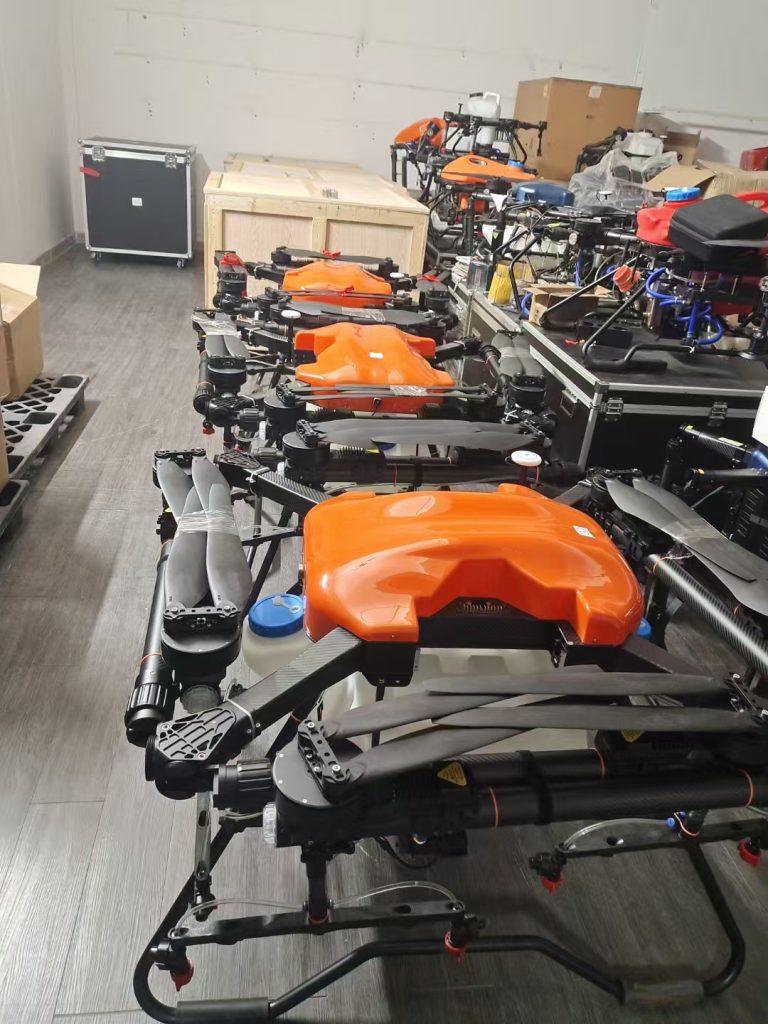
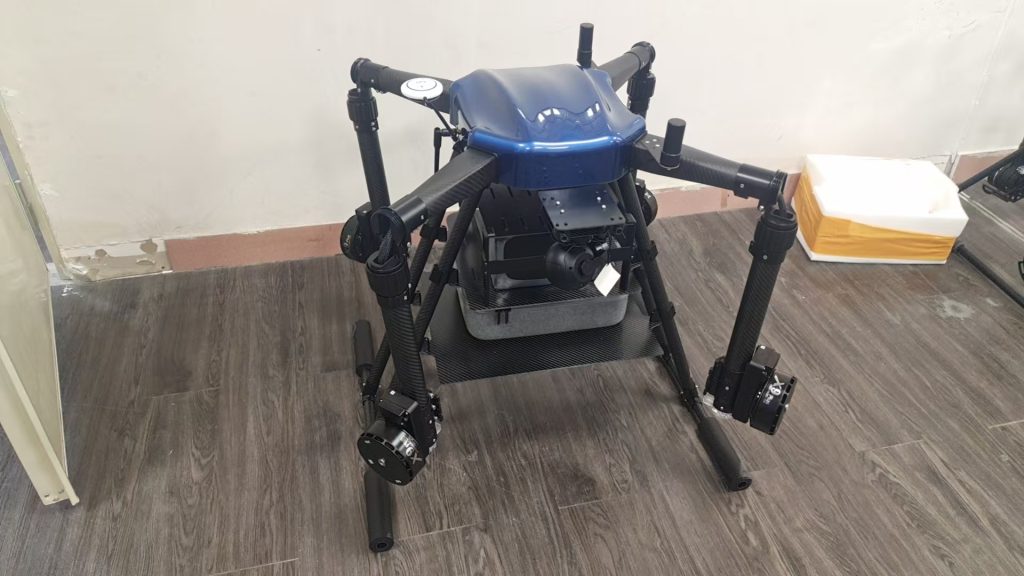
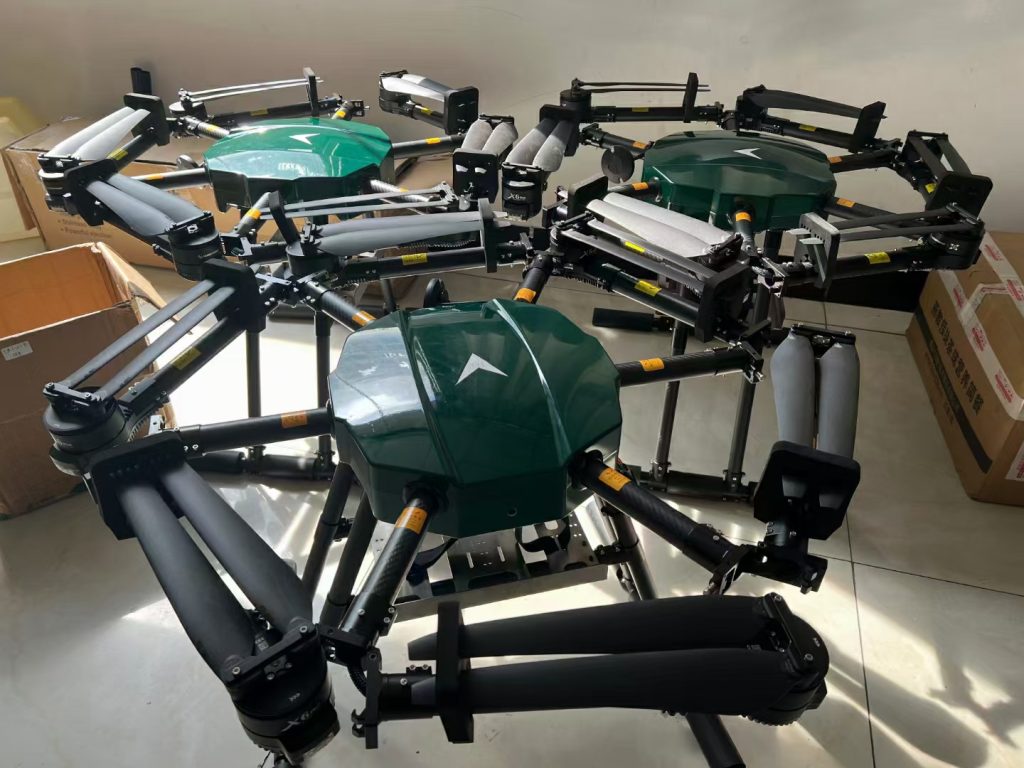
Japan’s agriculture sector is facing a major turning point. With a rapidly aging workforce, limited farmland, and rising demand for sustainable food production, farmers across the country are seeking innovative ways to maintain productivity and reduce labor pressure. Among the most impactful tools in this transformation are agricultural drones—intelligent aerial machines that are changing how Japan grows its food.
🚁 What Are Agricultural Drones?
Agricultural drones are unmanned aerial vehicles (UAVs) designed to perform key farming tasks such as:
- Spraying pesticides and foliar fertilizers
- Spreading seeds or granular fertilizers
- Monitoring crop growth and detecting stress
- Mapping fields and collecting real-time agricultural data
These drones operate with high precision using GPS, terrain sensors, and automated flight systems, making them especially useful in Japan’s small, fragmented, and often mountainous fields.
🌾 Why Agricultural Drones Are a Perfect Fit for Japan
Japanese farms face unique challenges:
- Labor shortages, especially in rural areas
- Narrow or irregularly shaped plots that are hard to access with tractors
- High environmental standards requiring accurate chemical application
- Frequent rain and changing weather patterns that demand quick responses
Drones offer solutions by enabling quick, efficient, and accurate operations that can be performed by a single operator—making them ideal for rice farmers, vegetable growers, tea producers, and orchard managers.
✅ Core Benefits of Drone Use in Japanese Farming
-
Precision Application
Apply only the amount needed, exactly where it’s needed. This reduces cost, improves crop health, and minimizes environmental impact. -
Labor Efficiency
With a drone, one farmer can complete a spraying task that would normally require a full team. -
Time Savings
Drones can treat several hectares in less than an hour—perfect for responding to sudden weather or pest conditions. -
Versatility
Use the same drone for spraying, seeding, and mapping by switching modules or payloads. -
Data Collection
Drones can capture aerial images and generate reports to guide planting, irrigation, and fertilization strategies.
🔧 Features Designed for Japan’s Agriculture
To suit Japan’s terrain and farm structures, high-quality agricultural drones should include:
- Compact, foldable design
- Weather resistance for humid and rainy conditions
- RTK GPS for centimeter-level accuracy
- User interface in Japanese language
- Support for hilly or uneven land spraying
- Easy maintenance with replaceable parts
These features help ensure safe, consistent, and convenient operation even on the smallest or most challenging plots.
💼 Who Can Benefit?
- Small and medium-sized rice farms
- Tea and fruit orchards in Shizuoka, Yamanashi, Nagano
- Vegetable producers in Kanto, Tohoku, and Kyushu
- Agricultural cooperatives looking to introduce shared drone services
- Drone service providers and agricultural contractors
Whether you’re farming independently or as part of a cooperative, drones make modern, data-driven agriculture accessible and profitable.
🤝 OEM / ODM and Local Partnerships
To better serve the Japanese market, many drone manufacturers offer:
- OEM branding options
- ODM product customization for specific crops or uses
- Japanese-language training materials and manuals
- Remote technical support and software integration
These services help local partners deliver reliable drone solutions tailored to Japanese farms and farming culture.
🌱 The Future of Smart Agriculture in Japan
Agricultural drones are becoming an essential part of Japan’s smart farming movement. As the country embraces automation and precision agriculture, drones will integrate with:
- IoT soil sensors
- Weather forecast platforms
- Farm management apps
- Government subsidy and traceability programs
Together, these tools will allow farmers to produce more with fewer resources, while preserving Japan’s rich agricultural heritage.
Conclusion
The future of farming in Japan is flying—literally. Agricultural drones are not only solving current labor and productivity challenges, but they are also laying the foundation for a more sustainable, efficient, and high-tech agricultural system.
Now is the time to adopt drone technology and lead the way into the next generation of Japanese farming.


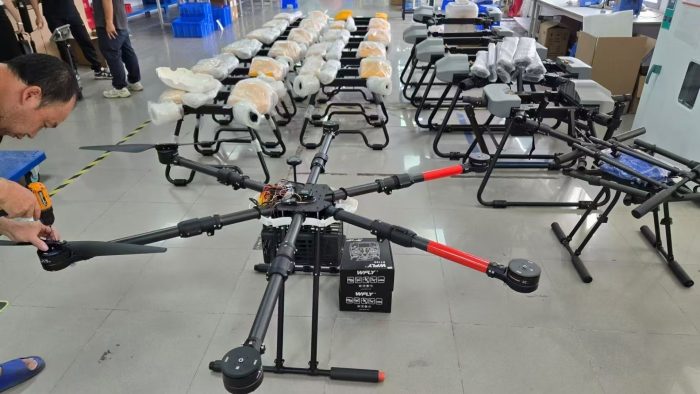

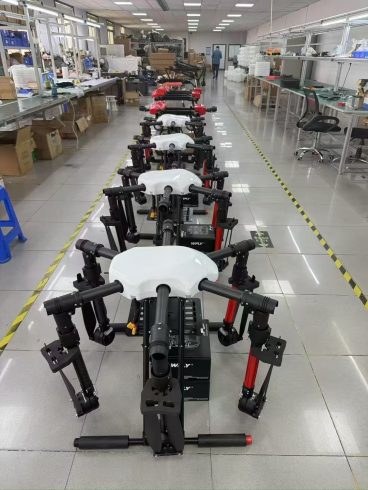
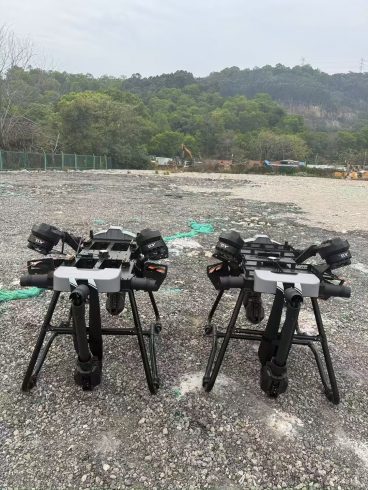
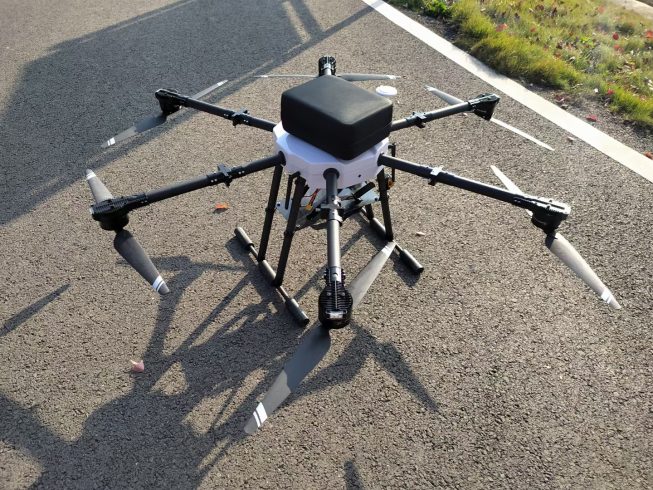
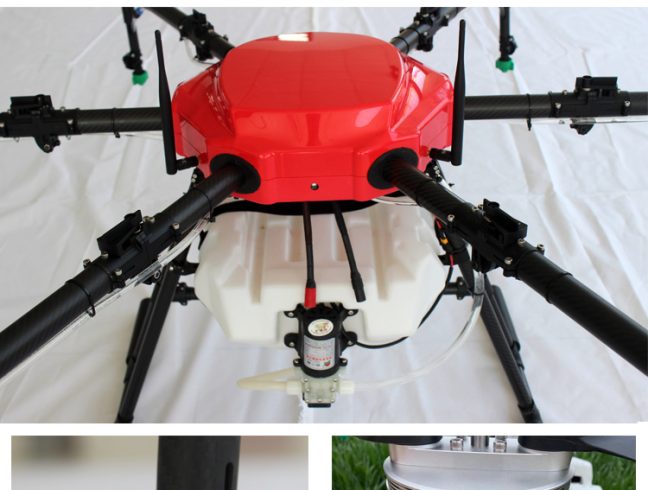

暂无评论内容